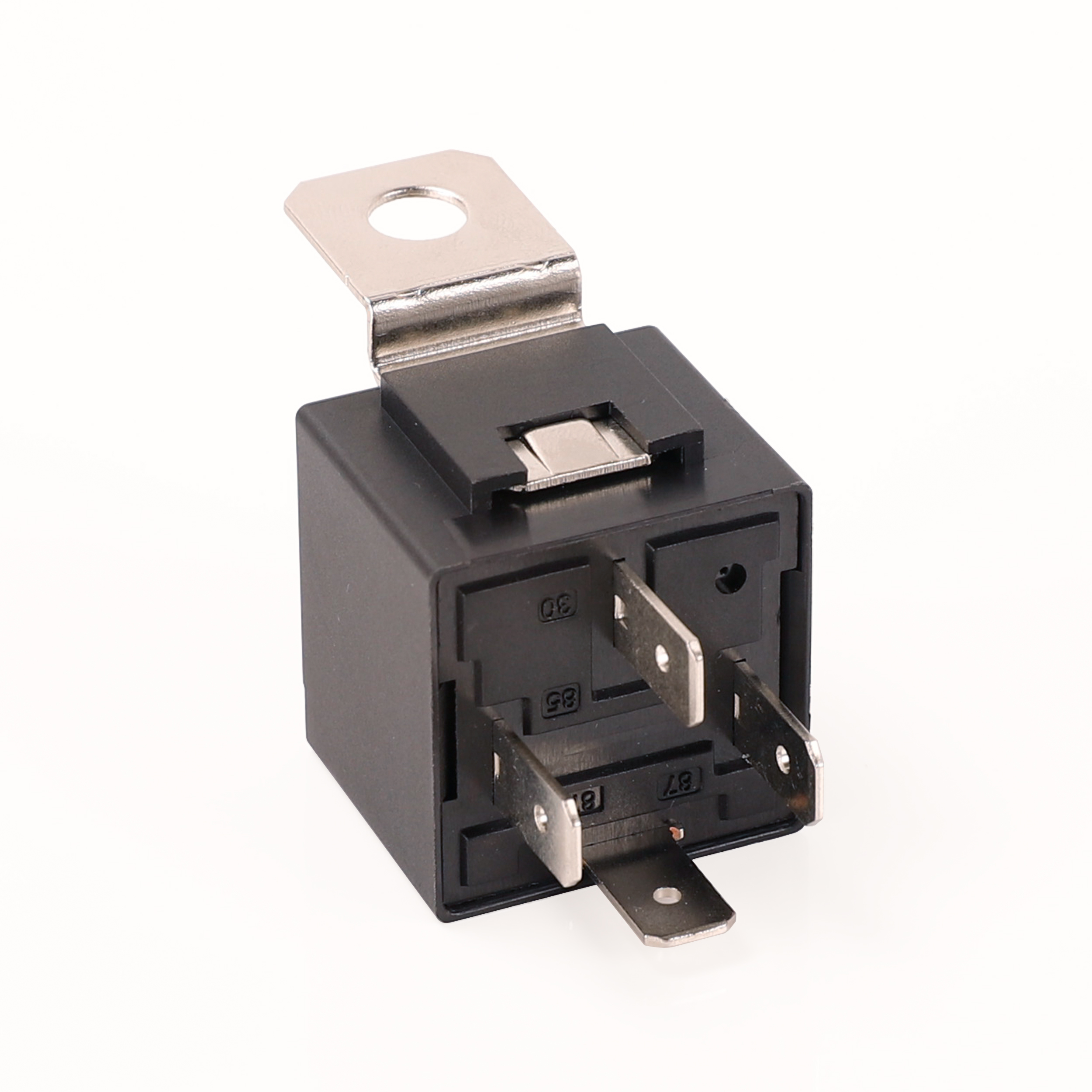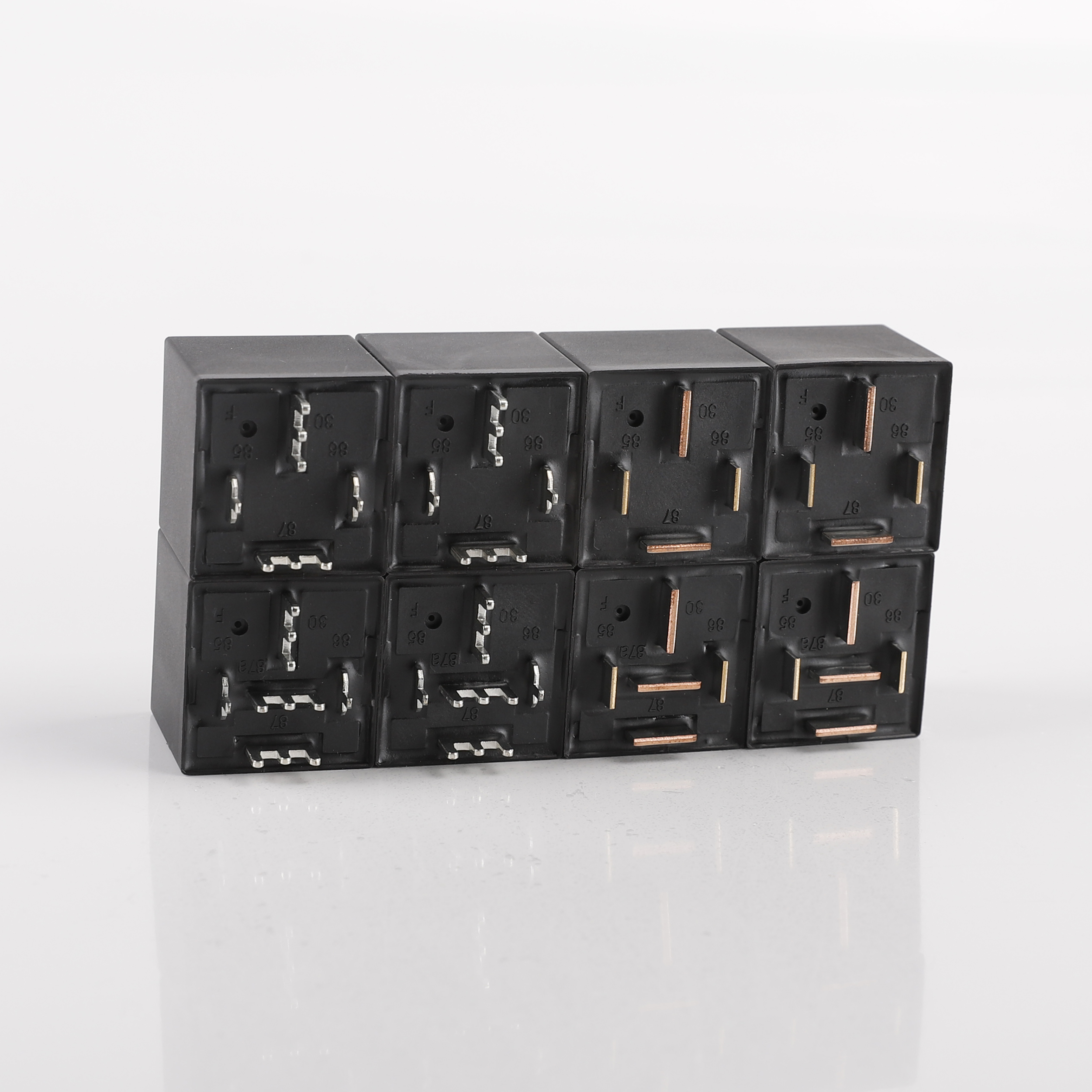Table of Contents
Understanding the Role of Ignition System Activation Control Relay in Initiating Ignition System Functions
The ignition system activation control relay is a critical component in the operation of a vehicle’s ignition system. It plays a pivotal role in initiating ignition system functions, ensuring that the vehicle starts and runs smoothly. This article aims to provide a comprehensive understanding of the role of the ignition system activation control relay in initiating ignition system functions.
The ignition system activation control relay, often simply referred to as the ignition relay, is a switch that is responsible for providing power to the ignition system. It is typically located in the fuse box and is activated when the ignition key is turned. The relay then sends an electrical signal to the ignition system, which in turn initiates the process of starting the engine.
The ignition relay is a crucial part of the ignition system, as it controls the flow of electricity to the ignition coil. The ignition coil is responsible for generating the high voltage necessary to create a spark in the Spark Plugs, which ignites the fuel-air mixture in the engine’s Cylinders. Without the ignition relay, the ignition coil would not receive the necessary power, and the engine would not start.
In addition to initiating the ignition process, the ignition relay also plays a role in maintaining the operation of the engine once it has started. It ensures that the ignition system continues to receive power while the engine is running, allowing for the continuous generation of sparks in the spark plugs. This continuous sparking is necessary for the engine to keep running, as it ensures that the fuel-air mixture in the cylinders is ignited continuously.
However, like any other component in a vehicle, the ignition relay can fail. When this happens, it can cause a variety of problems, ranging from difficulty starting the engine to the engine stalling while running. Some common signs of a failing ignition relay include the engine not starting, the engine stalling unexpectedly, and the vehicle not responding when the ignition key is turned. If any of these symptoms are observed, it is recommended to have the vehicle inspected by a professional mechanic to determine if the ignition relay is the cause of the problem.
| Serial Number | Article Name |
| 9 | Wiper Relay |
In conclusion, the ignition system activation control relay is a vital component in a vehicle’s ignition system. It initiates the ignition process by providing power to the ignition coil, and it ensures that the ignition system continues to receive power while the engine is running. Without the ignition relay, the engine would not start, and it would not continue to run once started. Therefore, it is essential to ensure that the ignition relay is in good working condition to maintain the smooth operation of the vehicle’s engine. If any problems with the ignition relay are suspected, it is advisable to seek professional help to diagnose and fix the issue.
Exploring the Mechanism of Ignition System Activation Control Relay in Ignition System Operations
The ignition system activation control relay is a critical component in the operation of an automobile’s ignition system. This device, often overlooked in the grand scheme of automotive mechanics, plays a pivotal role in initiating ignition system functions. Understanding its mechanism and operation is essential for anyone interested in the intricacies of automotive engineering.
The ignition system activation control relay, as the name suggests, is a relay that controls the activation of the ignition system. It is a switch that is typically electromechanically operated, and it is responsible for providing power to the ignition system when the ignition key is turned. The relay is designed to handle high current loads that the ignition switch itself may not be able to handle, thus protecting the ignition switch from potential damage.
| Number | Designation |
| 1 | Truck Relay |
The operation of the ignition system activation control relay is relatively straightforward. When the ignition key is turned, a small current is sent to the relay, which then closes a set of heavy-duty contacts that can handle the high current load required by the ignition system. This allows power to flow from the battery to the ignition system, which then initiates the process of starting the engine.
The relay is a crucial component because it ensures that the ignition system receives the necessary power to function correctly. Without the relay, the ignition switch would have to handle the high current load, which could Lead to premature failure of the switch. Furthermore, the relay also provides a level of Safety by isolating the high current circuit from the ignition switch, reducing the risk of electrical shock.

The ignition system activation control relay is also designed to prevent the ignition system from remaining powered when the ignition key is removed. When the key is turned off, the current to the relay is cut off, which opens the contacts and cuts off power to the ignition system. This ensures that the ignition system does not remain powered when the vehicle is not in use, which could lead to battery drain or potential damage to the ignition system.

In terms of maintenance, the ignition system activation control relay is generally a reliable component and does not require regular servicing. However, like any other mechanical or electrical component, it can fail over time. Symptoms of a failing relay can include difficulty starting the engine, intermittent stalling, or the engine not starting at all. In such cases, it is advisable to have the relay checked and replaced if necessary by a professional mechanic.
In conclusion, the ignition system activation control relay is a vital component in the operation of an automobile’s ignition system. It serves as a bridge between the ignition switch and the ignition system, handling high current loads and ensuring that the ignition system functions correctly. By understanding its mechanism and operation, one can gain a deeper appreciation for the complexity and precision involved in automotive engineering.
| No. | Designation |
| 7 | Starter Relay |
